Tales From The Library - The Indian Camp
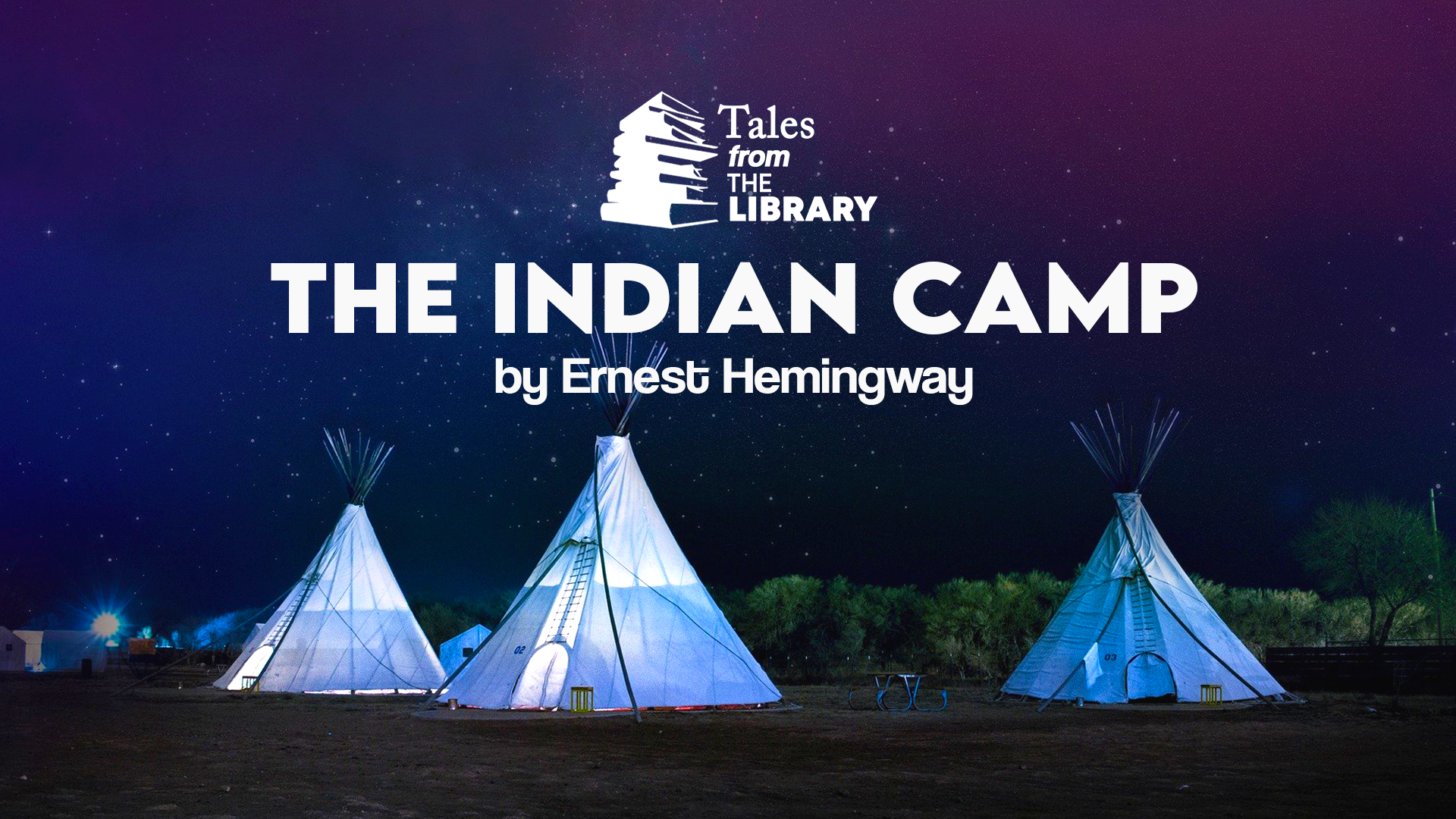
Above link not working? Click here to launch Zoom session
Join us on Thursday at 3PM to chat about the book!
The Indian Camp
by Ernest Hemingway
Read the Book: The Indian Camp 'In Our Time' PDF
This week on the book club we are reading the short story 'The Indian Camp' by Ernest Hemingway. Indian Camp" is a short story written by Ernest Hemingway. An initiation story, 'Indian Camp' includes themes such as childbirth and fear of death which permeate much of Hemingway's subsequent work. In the story Nick Adams' father, a country doctor, has been summoned to a Native American or "Indian" camp to deliver a baby. At the camp, the father is forced to perform an emergency caesarean section using a jack-knife, with his son Nick as his assistant. Afterward, the woman's husband is discovered dead, having slit his throat during the operation.
'Indian Camp' shows Hemingway's early fascination with suicide and with the conflict between fathers and sons. There is an unavoidable focus on the fact that the two people the principal characters are based on—the father, Clarence Hemingway, and the boy, Ernest Hemingway—end up committing suicide. Kenneth Lynn writes that the irony to modern readers is that both characters in 'that boat on the lake would one day do away with themselves.' Hemingway shot himself on July 2, 1961; his father had shot himself on December 6, 1928.
The short story features in the book 'In Our Time' and was Ernest Hemingway's first collection of short stories, published in 1925 by Boni & Liveright, New York. Its title is derived from the English Book of Common Prayer, "Give peace in our time, O Lord". The collection's publication history was complex. It began with six prose vignettes commissioned by Ezra Pound for a 1923 edition of The Little Review; Hemingway added twelve more and in 1924 compiled the in our time edition (with a lower-case title), which was printed in Paris. To these were added fourteen short stories for the 1925 edition, including "Indian Camp" and "Big Two-Hearted River", two of his best-known Nick Adams stories.
The story however was first published in 1924 in Ford Madox Ford's literary magazine Transatlantic Review in Paris and republished by Boni & Liveright in Hemingway's first American volume of short stories In Our Time in 1925. Hemingway's semi-autobiographical character Nick Adams—a child in this story—makes his first appearance in Indian Camp, told from his point of view. "Indian Camp" began as a 29-page untitled manuscript that Hemingway cut to seven pages; at first he called the story "One Night Last Summer".
Hemingway biographer Philip Young writes that Hemingway's emphasis in "Indian Camp" was not primarily on the woman who gives birth or the father who kills himself, but on young Nick Adams, who witnesses these events and becomes a "badly scarred and nervous young man". In "Indian Camp," Hemingway begins the events that shape the Adams persona. Young considers this single Hemingway story to hold the "master key" to "what its author was up to for some thirty-five years of his writing career". Critic Howard Hannum agrees. He believes the trauma of birth and suicide Hemingway paints in "Indian Camp" rendered a leitmotif that gave Hemingway a unified framework for the Nick Adams stories.
Listen to the book online.
About the Author
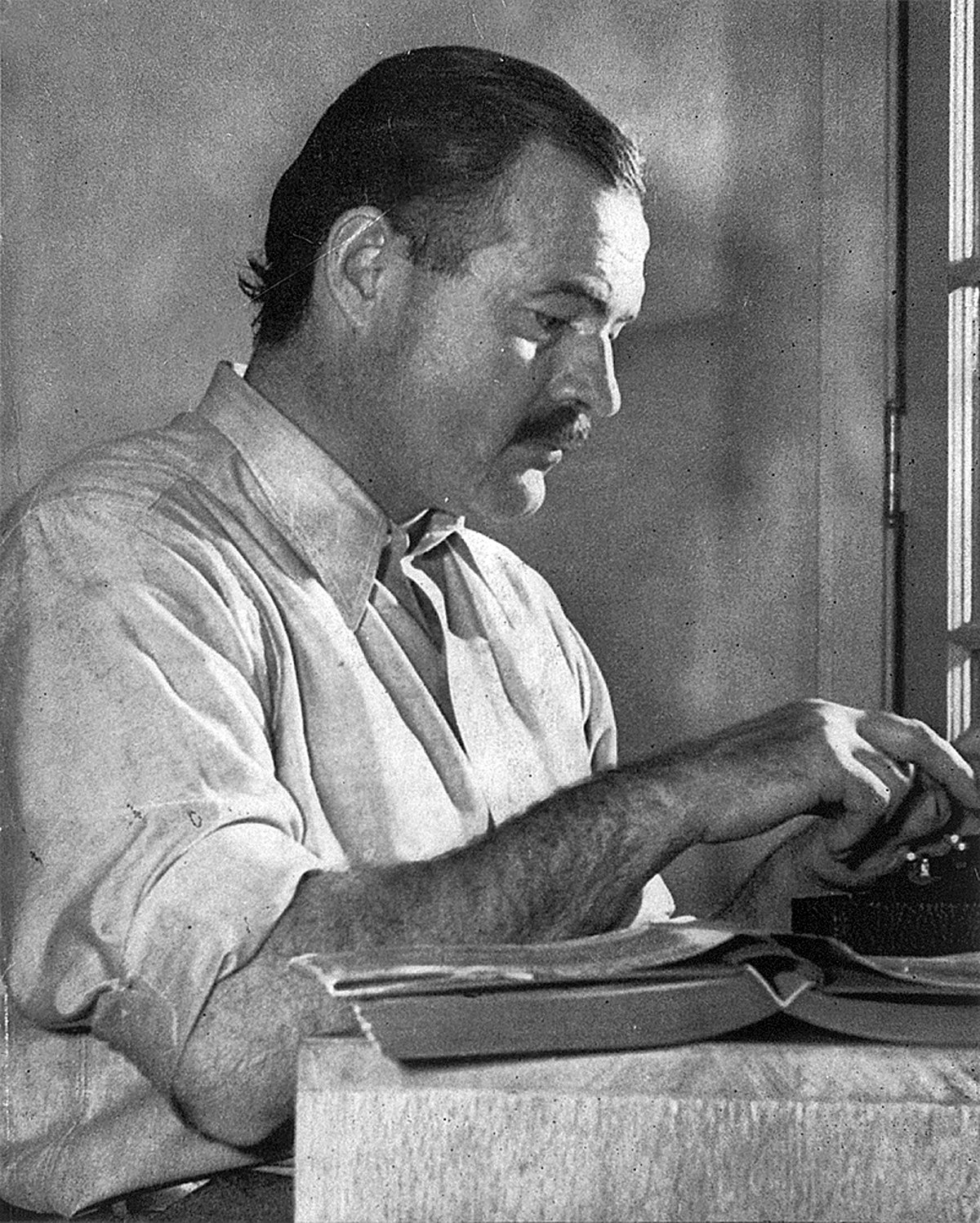 Ernest Miller Hemingway was born on the 21st of July 1899, and died on ther 2nd of July, 1961. He was an American novelist, short-story writer, journalist, and sportsman. His economical and understated style—which he termed the iceberg theory—had a strong influence on 20th-century fiction, while his adventurous lifestyle and his public image brought him admiration from later generations. Hemingway produced most of his work between the mid-1920s and the mid-1950s, and he was awarded the 1954 Nobel Prize in Literature. He published seven novels, six short-story collections, and two nonfiction works. Three of his novels, four short-story collections, and three nonfiction works were published posthumously. Many of his works are considered classics of American literature.
Ernest Miller Hemingway was born on the 21st of July 1899, and died on ther 2nd of July, 1961. He was an American novelist, short-story writer, journalist, and sportsman. His economical and understated style—which he termed the iceberg theory—had a strong influence on 20th-century fiction, while his adventurous lifestyle and his public image brought him admiration from later generations. Hemingway produced most of his work between the mid-1920s and the mid-1950s, and he was awarded the 1954 Nobel Prize in Literature. He published seven novels, six short-story collections, and two nonfiction works. Three of his novels, four short-story collections, and three nonfiction works were published posthumously. Many of his works are considered classics of American literature.
In December 1917, after being rejected by the U.S. Army for poor eyesight, Hemingway responded to a Red Cross recruitment effort and signed on to be an ambulance driver in Italy, In May 1918, he sailed from New York, and arrived in Paris as the city was under bombardment from German artillery. That June he arrived at the Italian Front. On his first day in Milan, he was sent to the scene of a munitions factory explosion to join rescuers retrieving the shredded remains of female workers. He described the incident in his 1932 non-fiction book Death in the Afternoon.
What is the book club?
Join us every week for a book club, each week we will read a new short story of part of a larger book, the books will be made available as an audio book and we will meet as a group via zoom to chat about the story. All are welcome, hope to see you there.
How to join the club to chat
The zoom link to join will apear above on this page at 3PM on Thursday. To join you will need a phone/tablet or laptop with a built in camera and microphone (most modern devices come with this) you may need to download the zoom app onto your phone if you are using a phone to join.
Sign up if you would like to receive an email remeinder of the book club, to do this you must first create a profile.
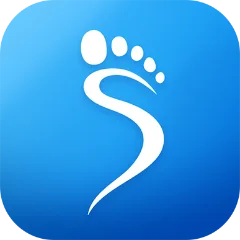



 Add to Favourites
Add to Favourites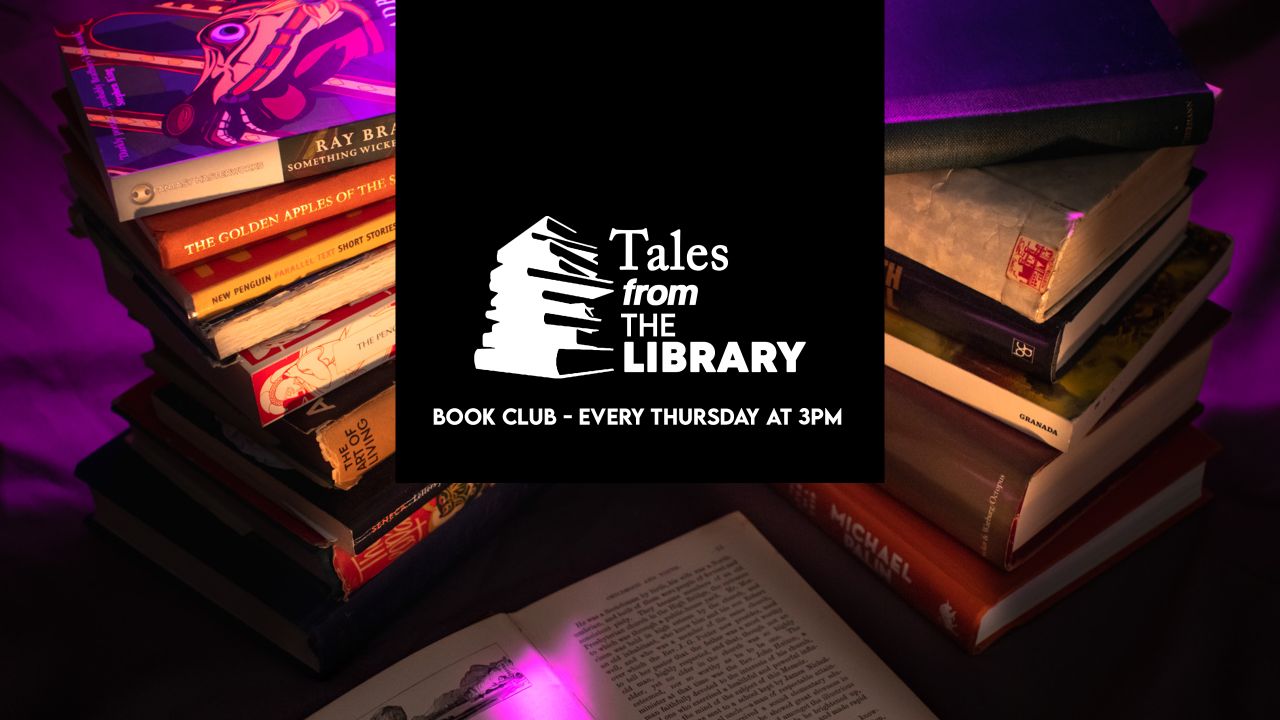

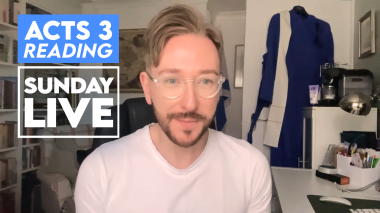
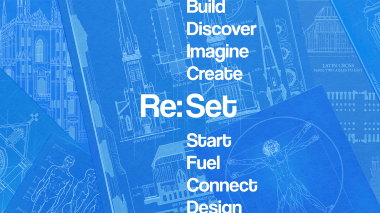
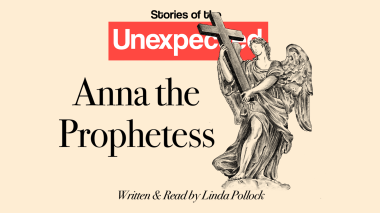
Login to comment.